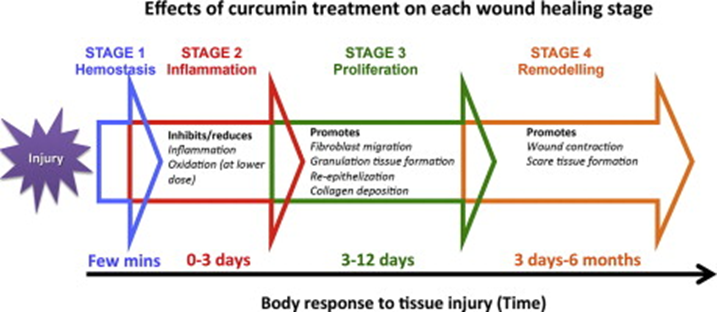A nurse is in a provider's office is collecting data from an older adult client who has type 2 diabetes mellitus. Which of the following findings is a manifestation of hyperglycemia?
Report of decreased urinary output
Random blood glucose 126 mg/dL
Clammy skin
History of poor wound healing
The Correct Answer is D
A. Report of decreased urinary output
Explanation: Decreased urinary output is not typically associated with hyperglycemia. In fact, increased urinary output (polyuria) is more characteristic.
B. Random blood glucose 126 mg/dL
Explanation: This level is within the normal range for random blood glucose. Hyperglycemia is usually defined by higher blood glucose levels.
C. Clammy skin
Explanation: Clammy skin is not a direct manifestation of hyperglycemia. Symptoms of hyperglycemia may include increased thirst, frequent urination, and blurred vision.
D. History of poor wound healing
Explanation: This is correct. Hyperglycemia can contribute to impaired wound healing, as it affects the body's ability to repair tissues.
Nursing Test Bank
Naxlex Comprehensive Predictor Exams
Related Questions
Correct Answer is A
Explanation
A. Iron:
Function: Iron is essential for the formation of hemoglobin, a protein in red blood cells that carries oxygen from the lungs to the rest of the body. It is vital for oxygen transport and overall cellular function.
Relevance: Iron deficiency can lead to anemia, characterized by reduced oxygen-carrying capacity of the blood, resulting in fatigue, weakness, and other symptoms.
B. Magnesium:
Function: Magnesium is involved in various cellular processes, including muscle and nerve function, blood glucose control, and bone health.
Relevance: While magnesium has important functions in the body, it is not directly involved in the transport of oxygen like iron.
C. Phosphorus:
Function: Phosphorus is a key component of DNA, RNA, and ATP, playing a role in energy metabolism, bone health, and acid-base balance.
Relevance: While important for cellular processes, phosphorus is not specifically linked to the transport of oxygen.
D. Potassium:
Function: Potassium is crucial for maintaining proper fluid balance, nerve impulses, and muscle contractions.
Relevance: Potassium is not directly involved in the transport of oxygen; its primary functions are related to electrolyte balance and cellular activities.
Correct Answer is B
Explanation
A. Proliferation Phase:
Explanation: This phase involves the formation of new tissue to fill the wound space. It includes granulation tissue formation and wound contraction.
B. Inflammation Phase:
Explanation: This is the initial phase characterized by hemostasis and inflammation, aimed at stopping bleeding and preventing infection. Blood vessels constrict, platelets aggregate, and inflammatory cells arrive at the wound site.
C. Maturation Phase:
Explanation: Also known as the remodeling phase, it involves the remodeling and realignment of collagen fibers and the strengthening of scar tissue.
D. Remodeling Phase:
Explanation: Remodeling and maturation are often considered together as the final stage of wound healing, where collagen fibers reorganize and gain strength.

Whether you are a student looking to ace your exams or a practicing nurse seeking to enhance your expertise , our nursing education contents will empower you with the confidence and competence to make a difference in the lives of patients and become a respected leader in the healthcare field.
Visit Naxlex, invest in your future and unlock endless possibilities with our unparalleled nursing education contents today
Report Wrong Answer on the Current Question
Do you disagree with the answer? If yes, what is your expected answer? Explain.
Kindly be descriptive with the issue you are facing.
